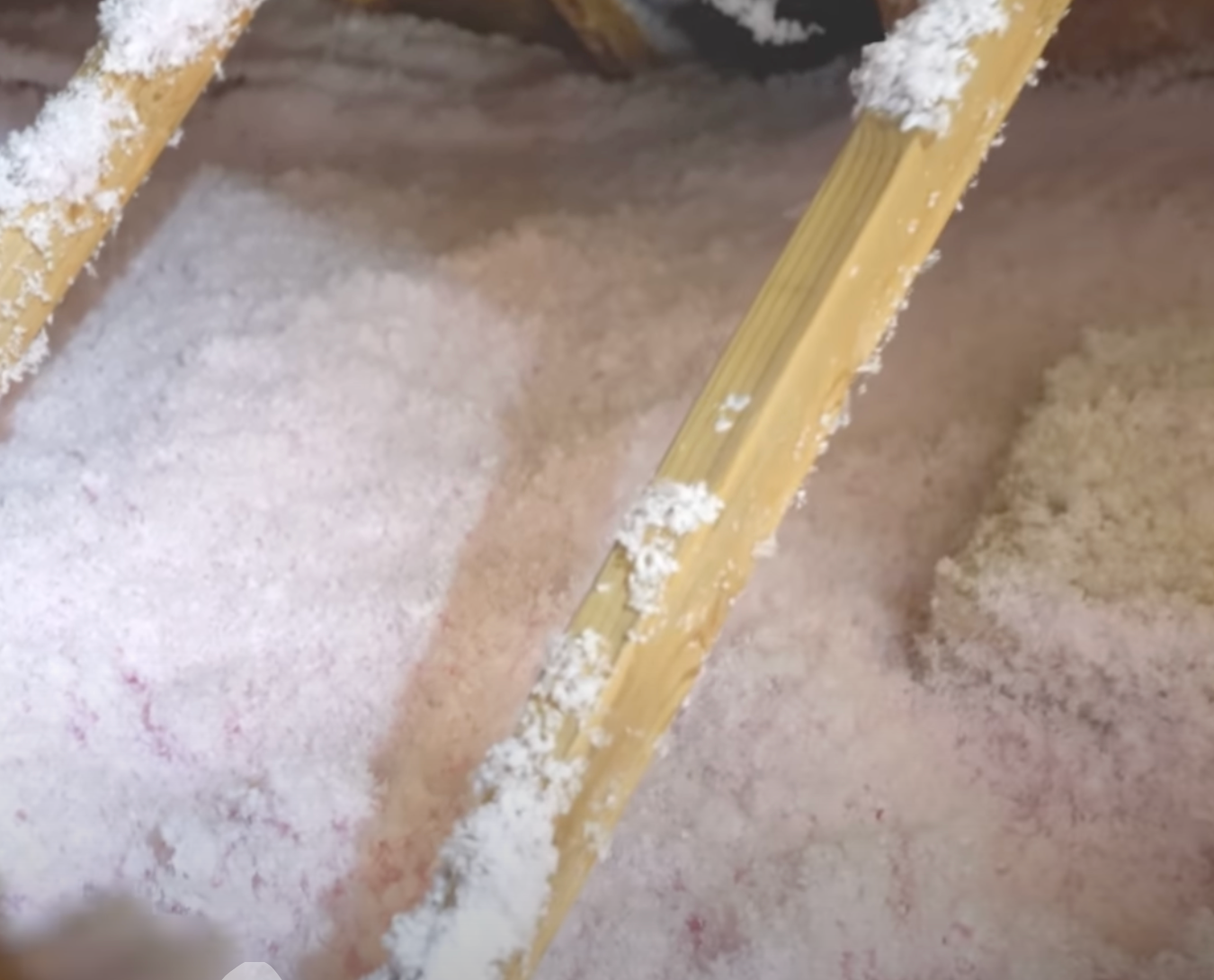Batt/ Fiberglass Insulation
What are the Pros of Blown-In Insulation
The primary benefit of blown-in cellulose insulation is its ability to settle and adjust to any shape or impediment it encounters in your walls or attics. In fact, pumping loose-fill insulation into finished walls is one of the only ways to add insulation. The option is to completely remove the drywall, install insulation, and reinstall it. This could be an expensive operation.
Cellulose insulation is also less expensive than other types of insulation, yet it still provides a significantly high R-value for the price. The R-value is a measure of insulating power; the greater the value, the better the insulation.
Finally, cellulose insulation is an environmentally beneficial alternative to fiberglass or other types of insulation because it is made from recycled paper and wood, making it compliant with the majority of green building certification standards. Fiberglass insulation is also known to cause discomfort and can be hazardous to inhale, whereas cellulose insulation is safe and naturally dissolves.
Get a free quote
Contact Us
Cons of Blown-In
Cellulose's propensity to settle into any shape or location might be an issue because it packs down more easily than other insulation kinds. Insulation can settle or compact, leaving holes at the top of spaces or reducing its effectiveness.
Another important disadvantage of cellulose insulation is that it absorbs all moisture in enclosed, insulated spaces and takes a long time to dry out. This dampness may cause mold and mildew problems. Wet insulation has a significantly lower R-value and might be far less efficient. This may be an issue in poorly sealed areas and moisture-filled conditions.
Call Today
Free Home Energy Audit
Blown-In vs other types of insulation
Blown-in cellulose insulation is one of the few solutions for insulating already-closed-off walls without requiring extensive modification. Though blown-in insulation still requires patching and painting, it is far easier than completely removing drywall to install roll or batt insulation.
Other insulation methods may be desirable for open (unfinished) walls. These could include fiberglass roll insulation or fiberglass batts. Because of the difficult-to-access locations and various impediments in attics, blown-in cellulose is one of the best solutions. Many homeowners combine blown-in insulation and batt insulation in attics to produce a more comprehensive and effective insulated barrier for their homes.



